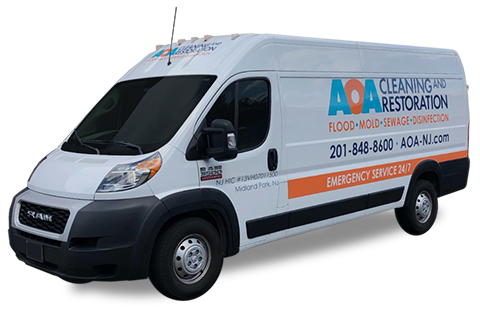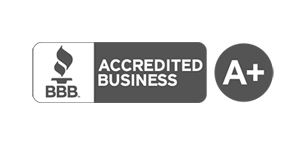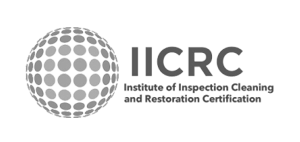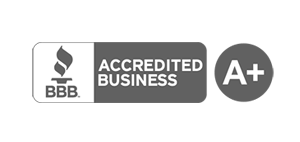According to Nationwide Insurance, floods damage or destroy more homes than any other natural disaster, causing more than $2 billion in property damage every year. Are you prepared adequately to avoid being part of that statistic?
You can’t stop flooding from happening, but you can take measures to curtail some potential floodwater damage. These steps are especially important if you live in a flood zone, as many New Jersey homes are now located.
Elevate what you can. Your washer and dryer, water heater, furnace and oil tank can be placed on concrete blocks; raise them high enough to keep the motors above the floodwater line. If this is not possible, protect them with a floodwall, or wrap appliances in polyethylene film, tied in place with cord or rope. This won’t keep out the water but will keep out the silt which will make for easier cleanup.
Elevate electrical wiring as well as hazardous materials (paints, oil, cleaning supplies, etc.). Keep family heirlooms, collectibles and vital documents out of the basement, where flooding (and mold) in northern New Jersey often occurs; closets or display cases upstairs, or attics are best.
Install a sump pump in your basement or below-grade floors. Depending on your layout, your home might benefit from several sump pumps that will kick on when waters rise to a certain level. Install battery backups to keep the pumps working if power goes out, and do routine maintenance on the sump pump and pit. The discharge hose should deliver water several feet away from the house to an area that slopes down.
Take proactive measures with basement drains and sewer lines, since a significant backup will cause flooding. This informative video demonstrates these pre-emptive procedures.
- Install backflow valves or standpipes.
- Use a floating floor drain plug (rises and plugs the drain).
- Plug the basement floor drains with removable or permanent grids to prevent backflow.
- Reduce flooding from other drains such as toilets, showers, sinks and the washing machine.
Install a flood-detection device that sounds an alarm or calls your phone if it senses water.
Landscape with plantings that resist soil erosion – soil absorbs water.
Work out an emergency plan.
- Stock emergency supplies – these include manual can opener, nonperishable ready-to-eat food, battery-powered radio, flashlight and batteries, first aid kit, paper disposables, blankets, toiletries, and items for babies or the elderly.
- Review evacuation and safety procedures with your family – get a community flood evacuation plan from local authorities or the American Red Cross chapter. Know your evacuation route and area safe harbor facilities. Plan for your pet’s safety during an emergency as well.
- Keep your car fueled in case gas station pumps are not working.
- Have an emergency contact plan. Assign a point person as contact coordinator if your family is separated.
Stay safe during a flood
- Move to a higher floor if the water is entering your home.
- Turn off utilities (gas, electric, water) at the main power switch (do not stand in water when you turn off the electricity!).
- If the water supply becomes contaminated and you do not have bottled water stocked, you can sanitize your bathtub and sinks and fill them with fresh, clean water if necessary.
- Avoid driving or walking through a flooded area – only six inches of water can disable your car or cause you to lose control, or sweep away pedestrians.
- Stay away from downed power lines.
After the flood – call AOA Cleaning and Restoration
After the floodwaters recede and it’s safe to return to your home, contact AOA for all your water and sewage cleanup and restoration needs. Our certified, licensed, well-trained professionals will assess the damage and give you an action plan to completely clean up any water or sewage in any area of your home. They will test for hazardous spores and mold, and thoroughly disinfect the area, using the latest testing and mitigation equipment.
As a certified restoration company, AOA Cleaning & Restoration is also able to return affected areas of your home to like-new condition with our hallmark efficiency, professionalism, and consideration of your situation. Our technicians are certified in water damage restoration and microbial mitigation, among our many credentials. Contact us at (201) 848-8600 or info@aoacleaningandrestoration.com to find out more about our post-flood cleanups and restoration services.




















